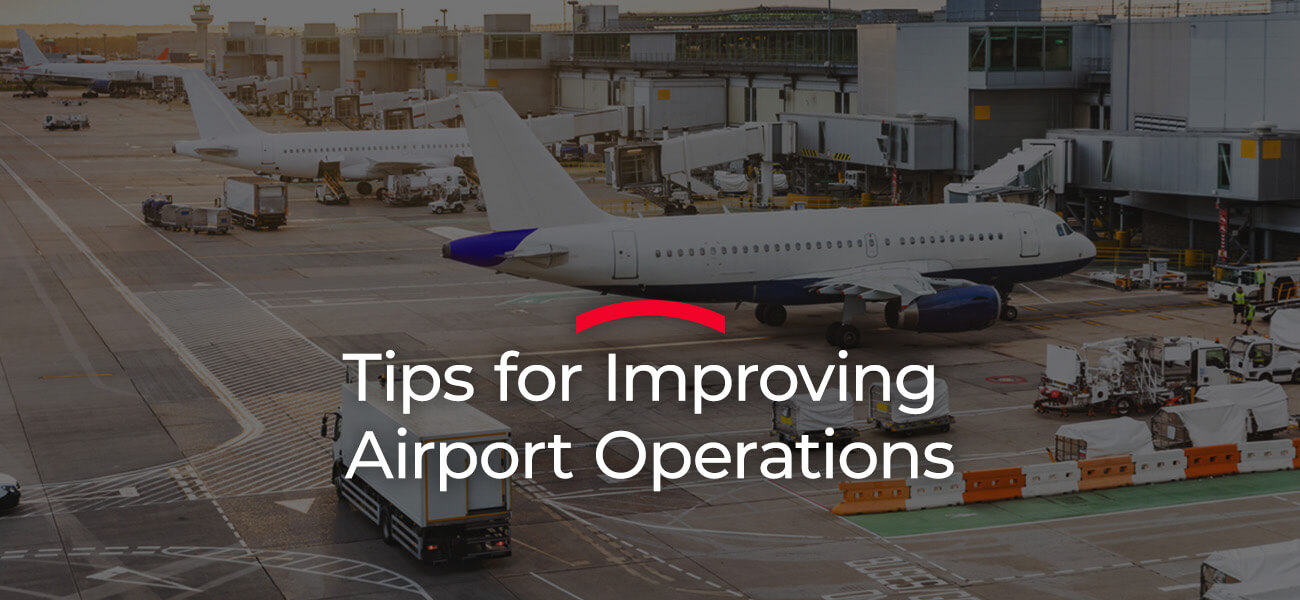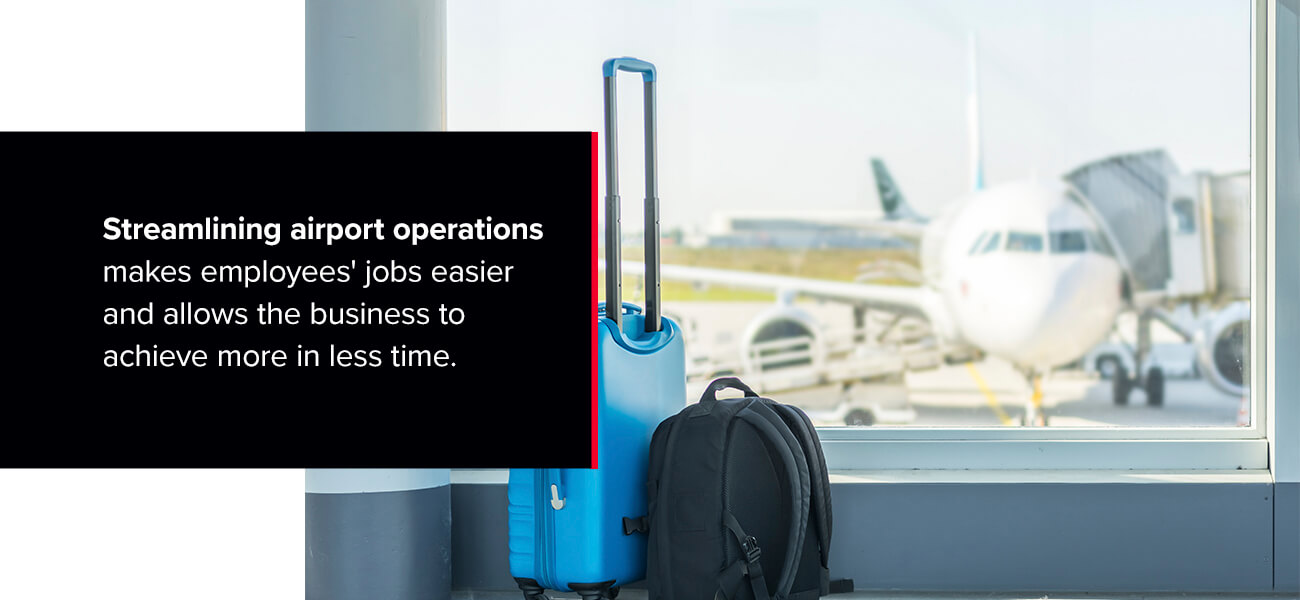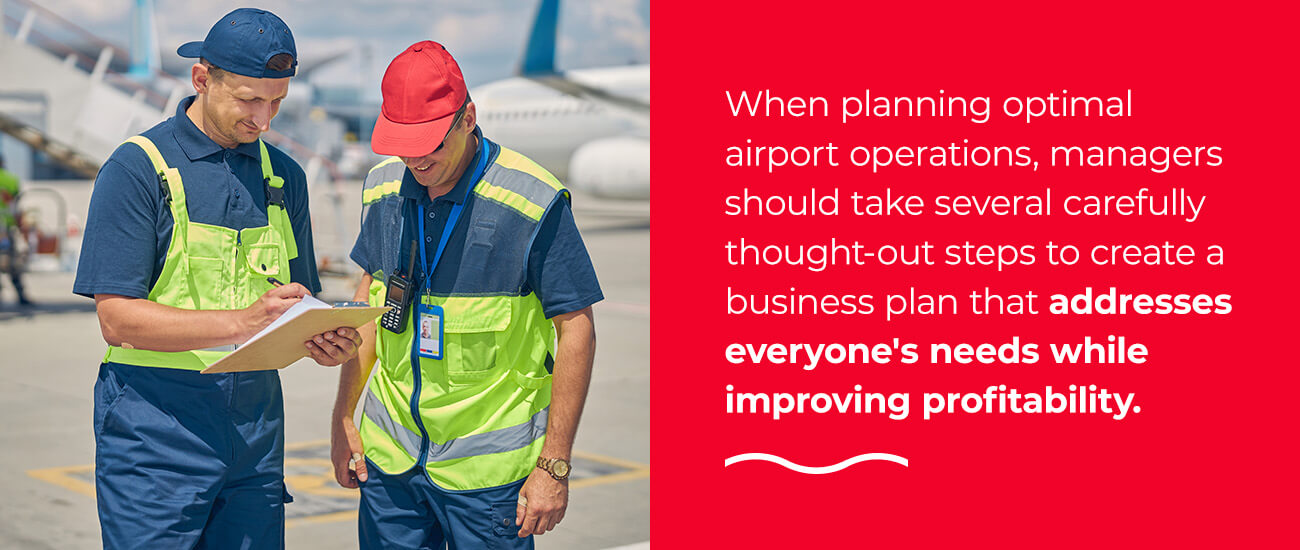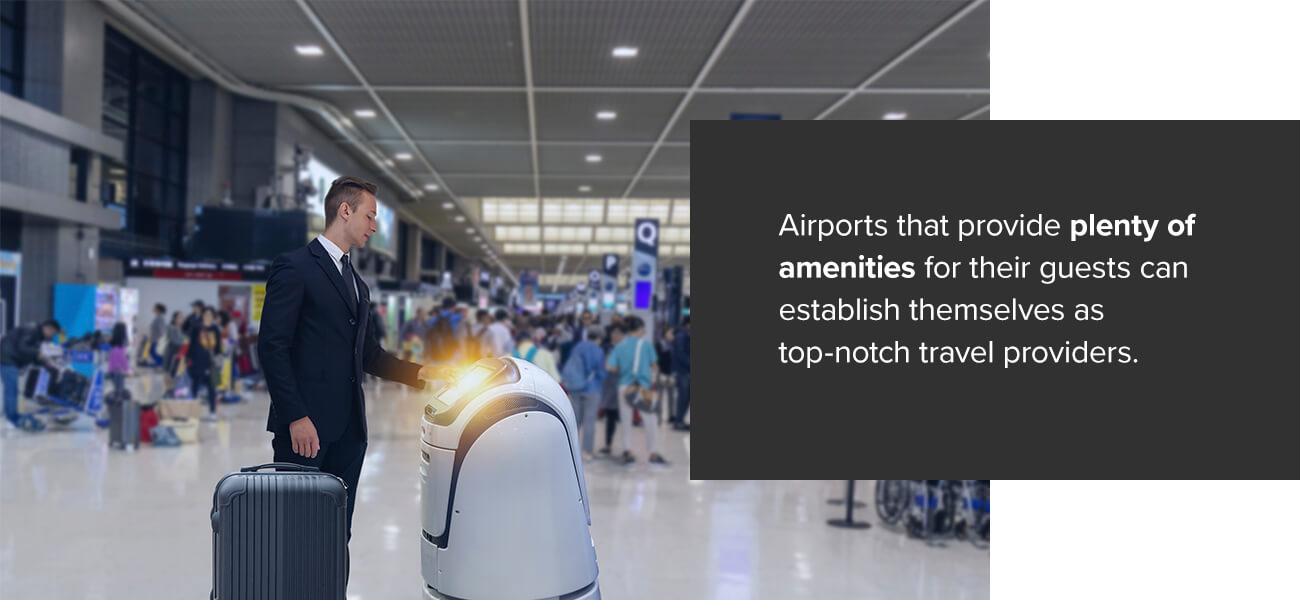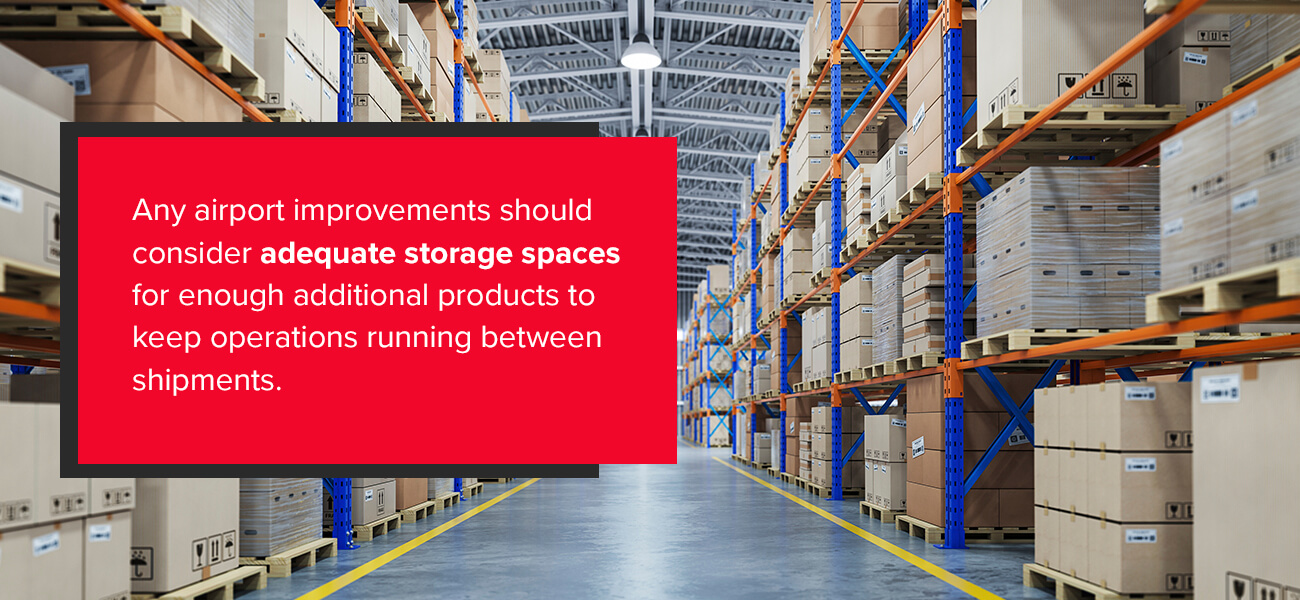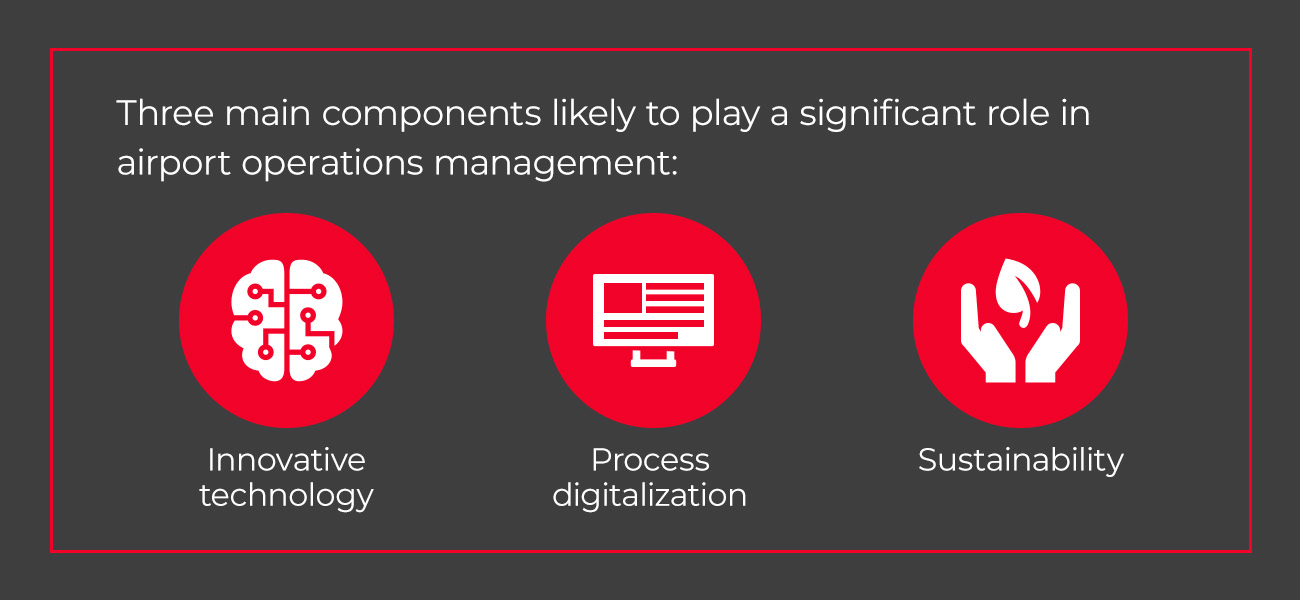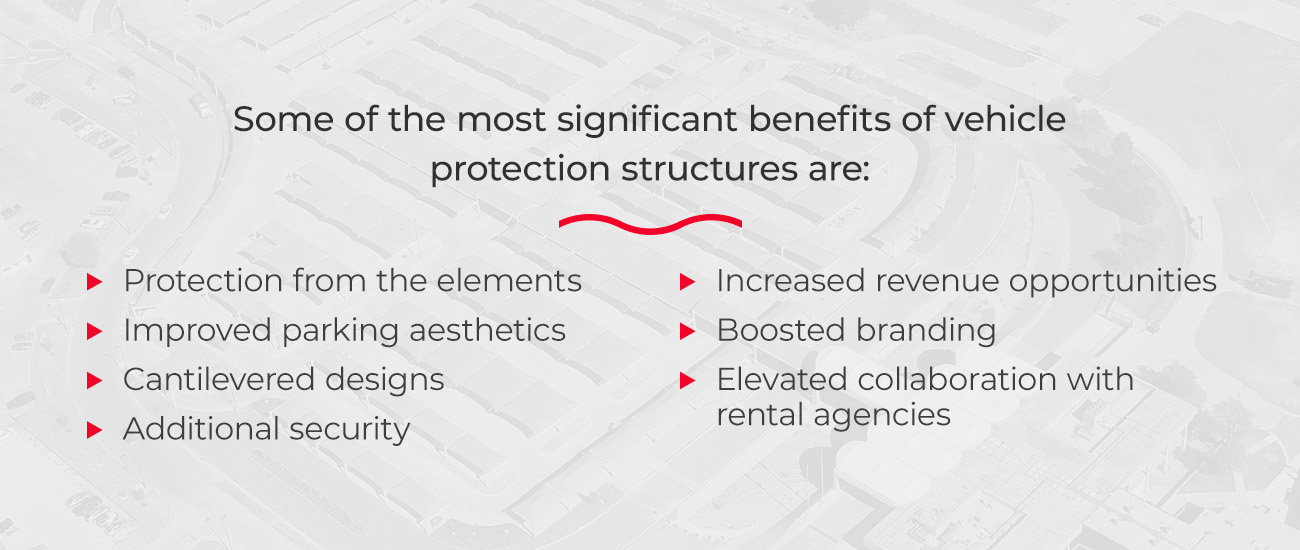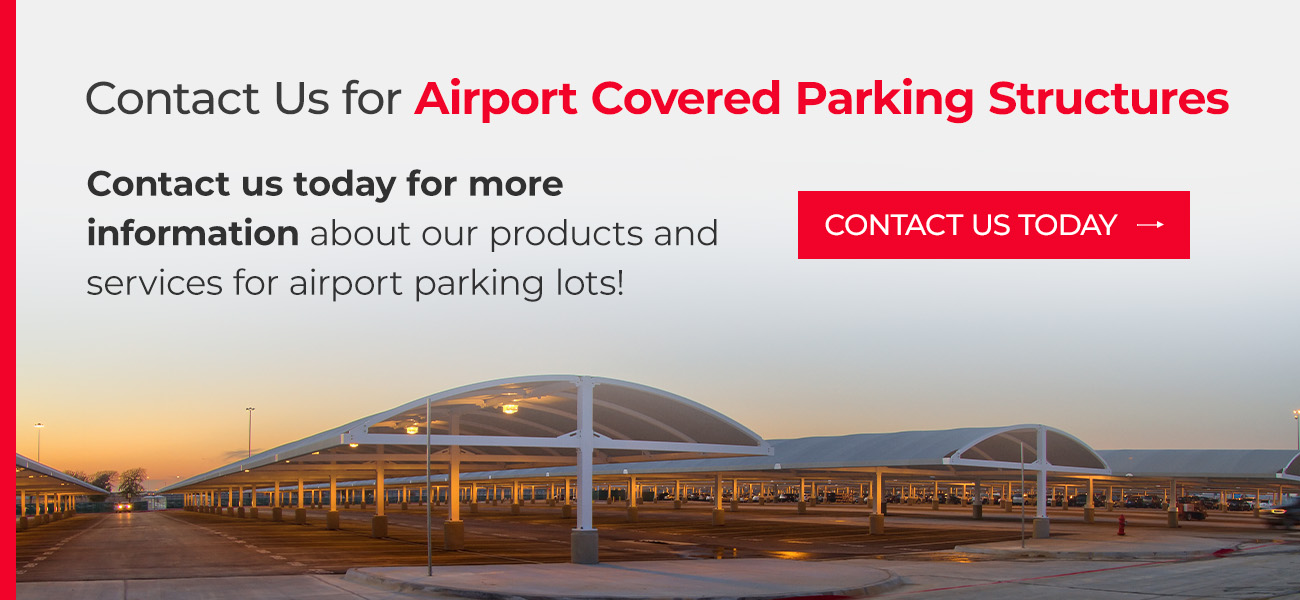Almost 90% of Americans have traveled commercially in their lifetimes, and airports are necessary for the travel industry. Lively and bustling, they’re the beginning, middle, and end of many peoples’ journeys throughout the country and worldwide. Airports are also complex systems with many components that all require dedicated attention. Combining the facets of travel operations into one flexible, scalable management plan is essential to boosting traveler satisfaction and business success.
Creating a lucrative and efficient airport business with improved operations will benefit travelers, airlines, and employees. Updated technology and analog systems align airports with evolving trends, allowing airport managers to meet customer demands with high-quality service and efficiency.
